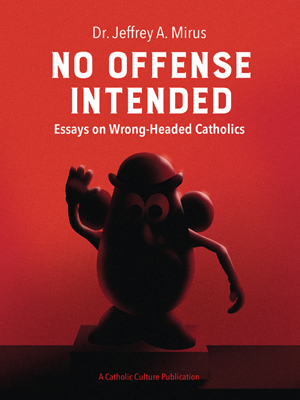Marion Cotillard in Joan of Arc at the Stake
By Thomas V. Mirus ( bio - articles - email ) | Jun 13, 2015 | In Reviews
This weekend, the New York Philharmonic has been performing Arthur Honegger’s oratorio Joan of Arc at the Stake, with the wonderful French actress Marion Cotillard as St. Joan. I was fortunate to attend Friday night’s performance.
Honegger, a Swiss composer born in France and educated in Germany, wrote Joan in 1935. The libretto was written by the deeply Catholic poet and playwright Paul Claudel. The dancer and actress Ida Rubinstein, who commissioned the work, was inspired by a 1933 production of a medieval mystery play at the Sorbonne (indeed, I heard a fellow attendee of last night’s performance remark that the production had a sense of “medieval pageantry”). In 1954, collaborating with the original creators, the director Roberto Rossellini filmed a live performance of the work with his wife, Ingrid Bergman, as Joan.
St. Joan, long before her canonization in 1920, had become a powerful symbol of French nationalism, yet Claudel chose to de-emphasize her political and military actions and instead focused on her spirituality by portraying her as the innocent child she was.
The story begins with Joan at the stake, wondering why she is being accused of heresy and witchcraft and confused as to how she has been brought to this moment. Brother Dominique (St. Dominic, played by Éric Génovèse) descends from heaven with a book—the book of her life—and we see her memories in reverse order, beginning with her trial.
In order to emphasize Joan’s naïve perspective, Claudel portrays some events in simplistic, symbolic terms: the trial is a circus with a pig and a donkey officiating and little sheep (the Brooklyn Children’s Chorus) cheering on, while war is explained as a game of cards played by kings.
In this present production (first staged in Japan under the artistic direction of Seiji Ozawa), theatrical stage director Côme De Bellescize opts for a literal and very colorful visualization of these scenes. Thus the judge is not just referred to symbolically as a pig, but actually wears a bright pink pig costume, and so on. This not only makes for an amusing satire of injustice, but puts us more fully in Joan’s psyche, as we see events through the memories of a child.
Honegger’s inventive orchestration, including unconventional (in 1935) colors such as prepared piano and the eerie electronic wail of the ondes martenot, gives the story a rich emotional and symbolic texture. The composer occasionally makes effective use of pre-existing material, such as Gregorian chant and the French children’s songs of Joan’s youth (sung by the Brooklyn Children’s Chorus, now attired as peasant children rather than sheep).
Marion Cotillard embodies the naïvete of a peasant girl who cannot read the words others write about her, an innocent daughter of God who cannot understand the terrible accusations made against her, a brave little one who fears the flame. She weeps and makes us weep for Joan, yet believes and makes us believe that her death is a triumph: “I myself will be a pretty candle” at the feet of the Virgin in the month of May.
To learn about the history of musical portrayals of St. Joan, as well as about the current production, watch the NY Philharmonic’s Pre-Concert Insights video:
Below are two video excerpts of Marion Cotillard in another (less fully staged) production of Joan of Arc at the Stake:
All comments are moderated. To lighten our editing burden, only current donors are allowed to Sound Off. If you are a current donor, log in to see the comment form; otherwise please support our work, and Sound Off!








